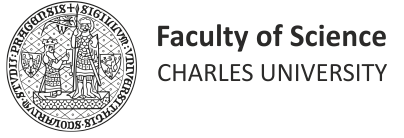| Title | 9-[(2RS)-3-Fluoro-2-phosphonylmethoxypropyl] derivatives of Purines - A Class of Highly Selective Antiretroviral Agents Invitro and Invivo |
| Publication Type | Journal Article |
| Year of Publication | 1991 |
| Authors | Balzarini J, Holy A, , Dvorakova H, Hao Z, Snoeck R, Herdewijn P, Johns DG, De Clercq E |
| Journal | Proceedings of the National Aacademy of Sciences of the United States of America |
| Volume | 88 |
| Issue | 11 |
| Pagination | 4961 - 4965 |
| Date Published | 1991/06// |
| ISBN Number | 0027-8424 |
| Abstract | A new class of compounds, 9-[(2RS)-3-fluoro-2-phosphonylmethoxypropyl] [(RS)-FPMP] derivatives of purines, is described that has selective activity against a broad spectrum of retroviruses [including human immunodeficiency virus type 1 (HIV-1) and type 2 (HIV-2)] but not other RNA or DNA viruses. This activity spectrum is completely different from that of the parental compounds, 9-[(2S)-3-hydroxy-2-phosphonylmethoxypropyl] [(S)-HPMP] derivatives of purines, which are active against a broad range of DNA viruses. The racemic (RS)-FPMP derivatives of adenine and 2,6-diaminopurine, termed (RS)-FPMPA and (RS)-FPMPDAP, respectively, are markedly more selective as in vitro antiretroviral agents than their 9-(2-phosphonylmethoxyethyl) (PME) counterparts, PMEA and PMEDAP. Also, (RS)-FPMPA and (RS)-FPMPDAP have a substantially higher therapeutic index in mice in inhibiting Moloney murine sarcoma virus-induced tumor formation and associated death and are markedly less inhibitory to human bone marrow cells than PMEA and PMEDAP. The diphosphate derivative of (RS)-FPMPA [(RS)-FPMPApp] is a potent and selective inhibitor of HIV-1 reverse transcriptase but not of HSV-1 DNA polymerase or DNA polymerase-alpha. (RS)-FPMPApp, akin to PMEA diphosphate (PMEApp), acts as a DNA chain terminator. The DNA chain-terminating properties of PMEApp and (RS)-FPMPApp seem to be a prerequisite for acyclic nucleoside phosphonates to exhibit antiretrovirus (i.e., anti-HIV) activity. |
| URL | http://www.pnas.org/content/88/11/4961 |
| Short Title | Proc. Natl. Acad. Sci. U.S.A., Early Ed. |


